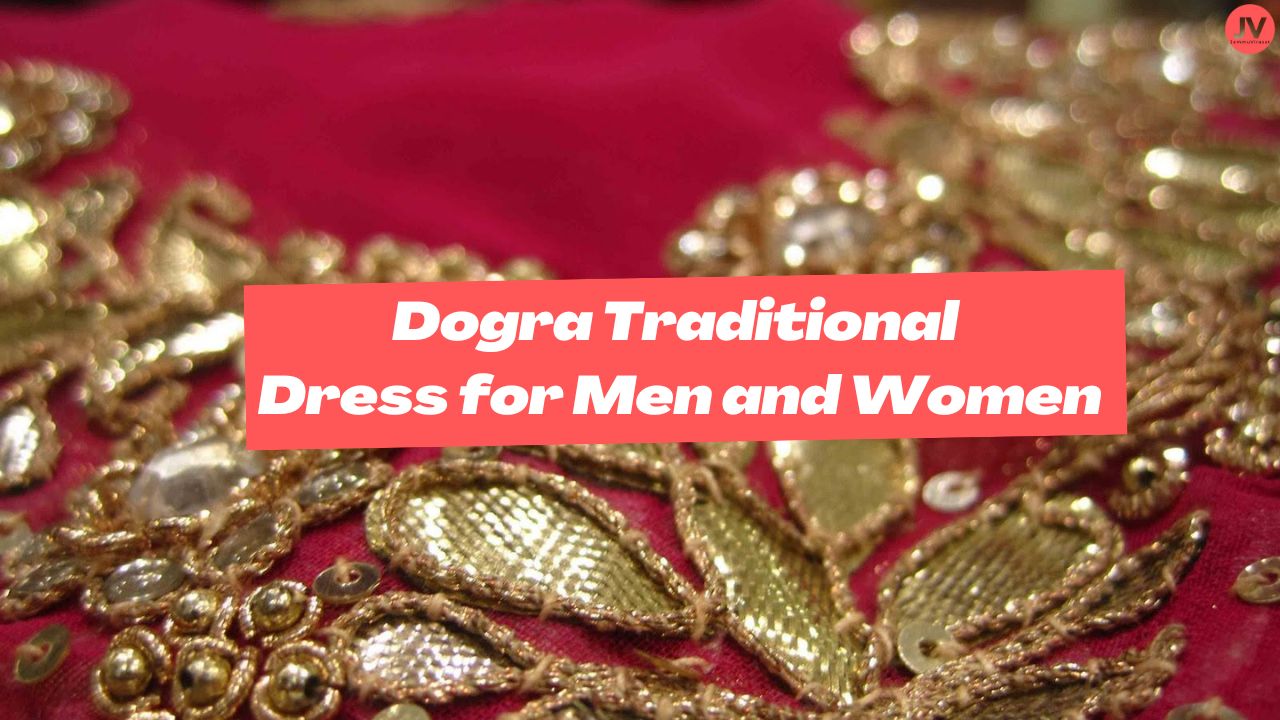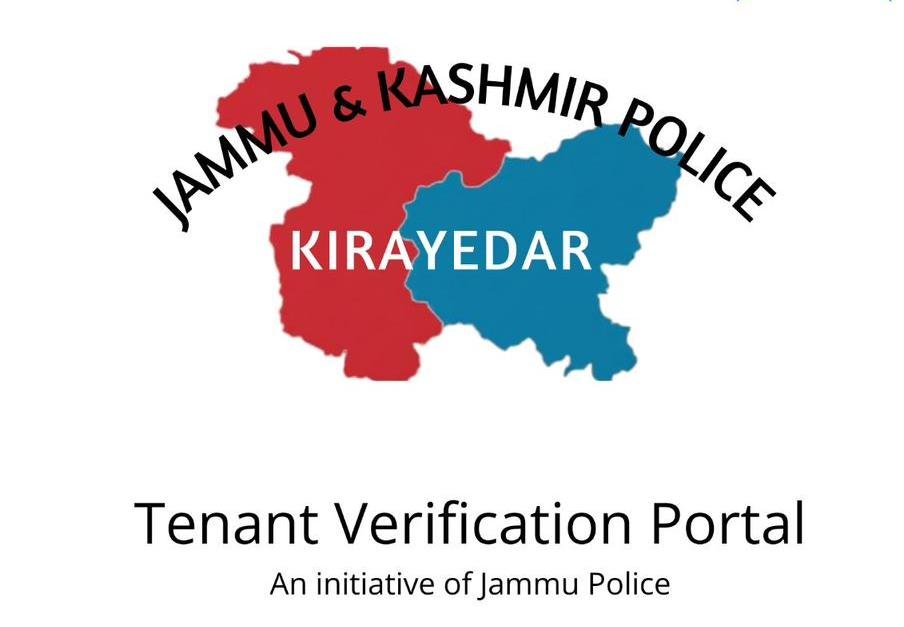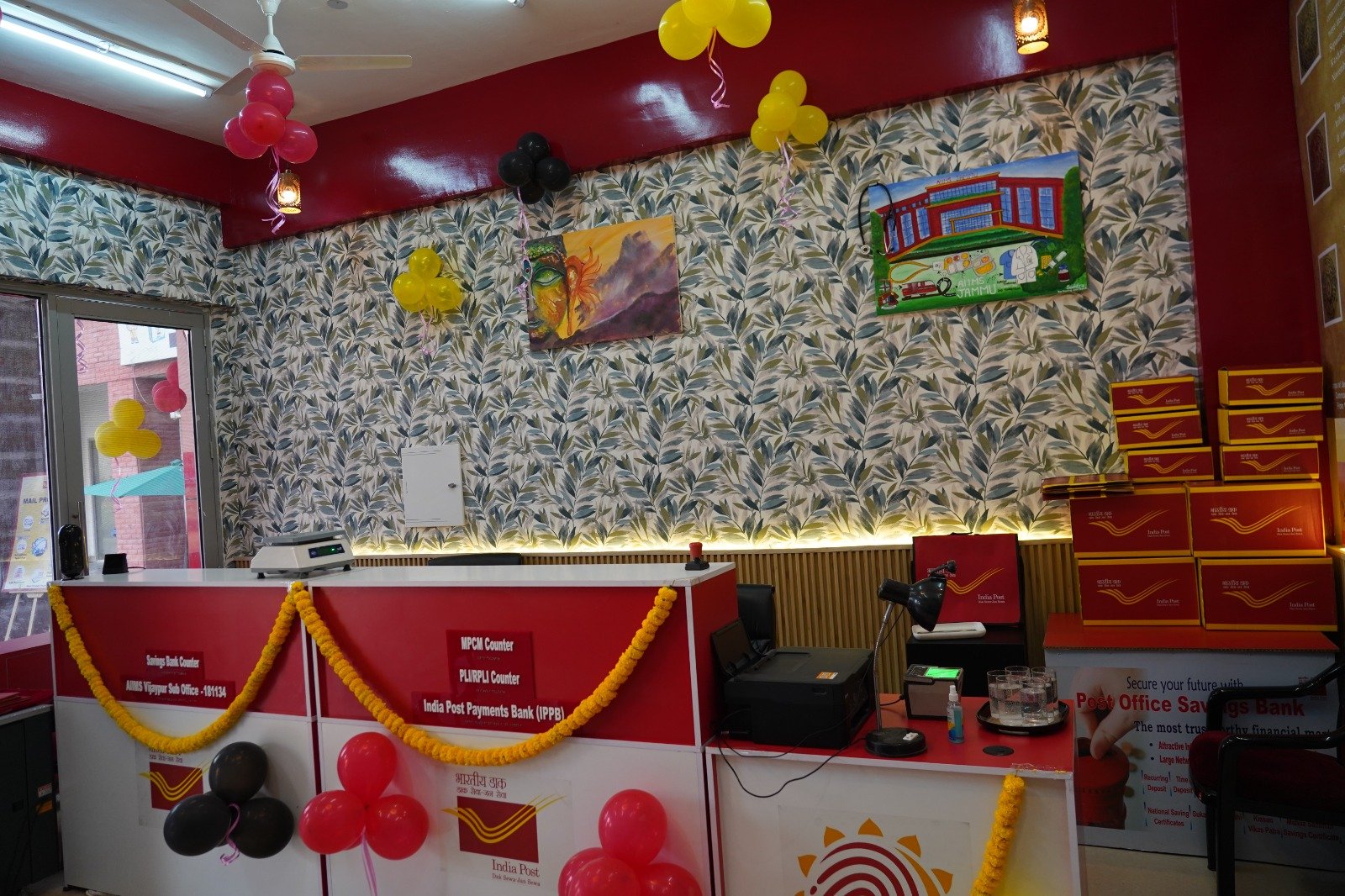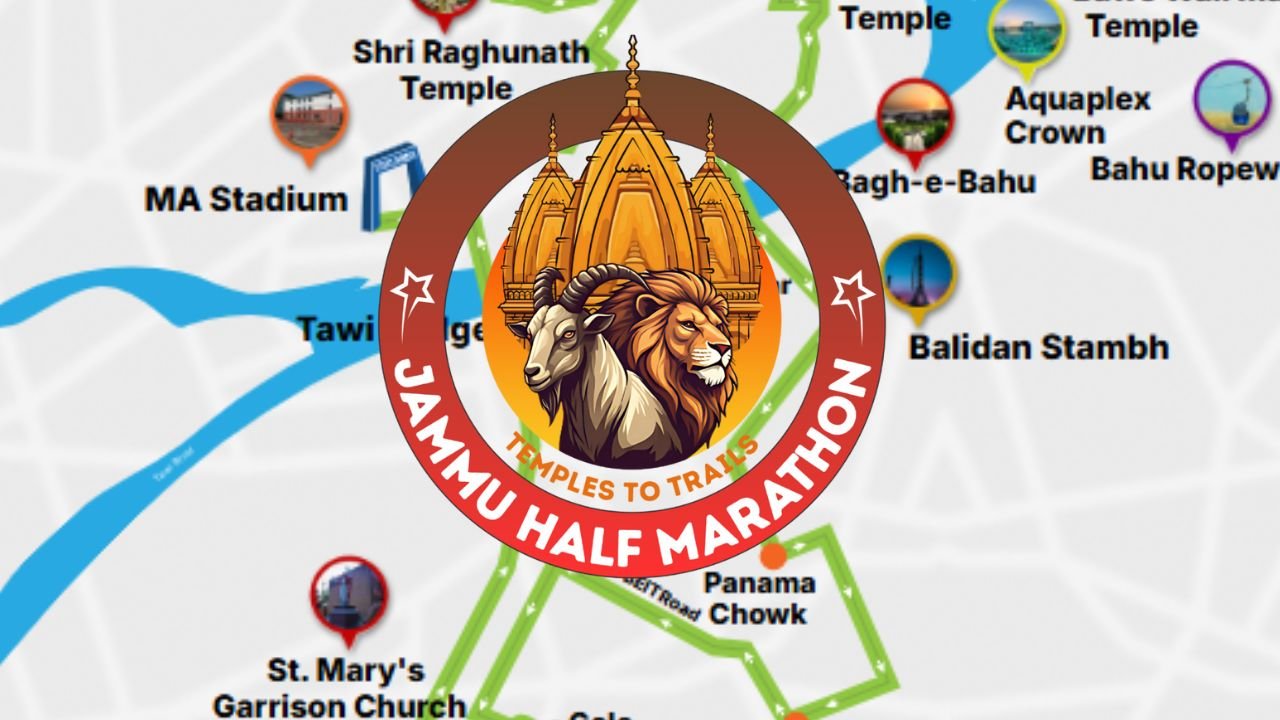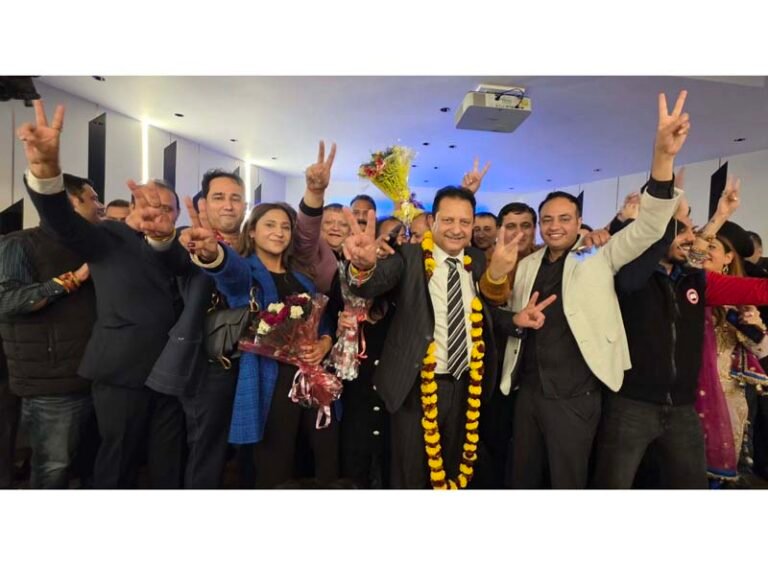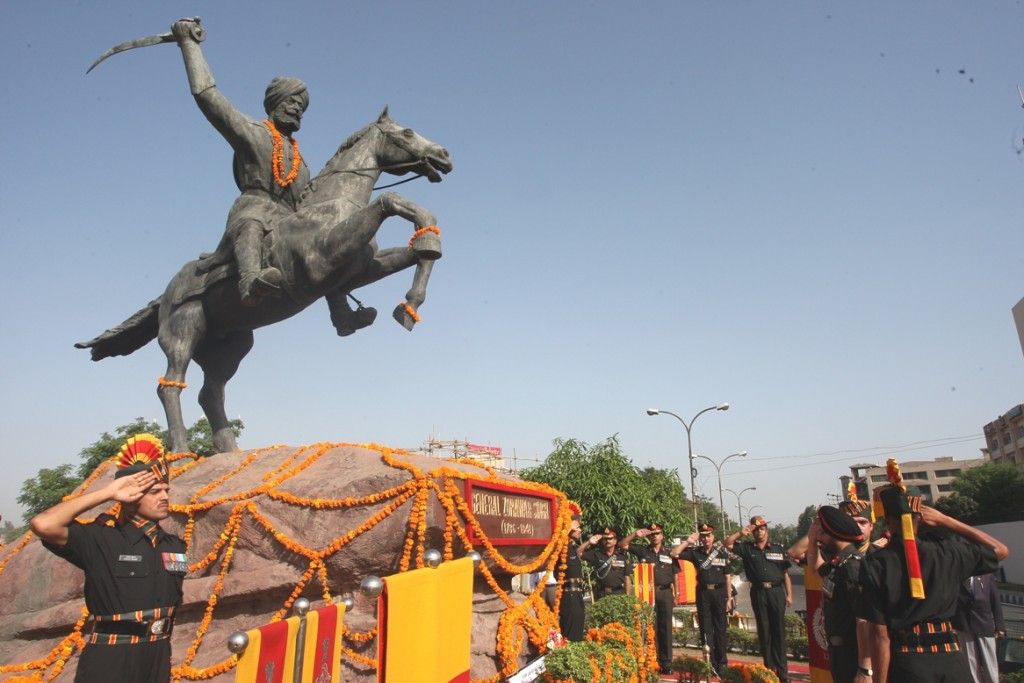Dogras are known for their rich cultural heritage. Their unique beliefs, dances, folklore, customs, and ceremonies reflect their distinctive way of celebrating life. One key element of Duggar culture is the beautiful and diverse Dogra traditional dress, chosen carefully to suit the weather in the Duggar region. The Dogra traditional dress is not only visually appealing but also practical, designed to be realistic and functional in its approach. The clothing represents a balance between tradition and daily life, making it a significant part of their cultural identity.

Seasonal Attire of the Dogras
In summer, Dogras wear light and varied garments. In winter, their outfits are more robust. At home or during festive occasions, their attire changes to suit the context. Traditionally, Dogras were hardworking people. They cultivated crops, reared livestock, and did various labors for their sustenance. Many now serve in government roles. When working at home or in the fields, Dogra Men wore loose pyjamas secured with cords. Another version of the pyjamas, less loose at the top, was also worn. Many have now switched to loose half-pants or lowers.
Men typically wear Churidar Pajamas with a long Kurta, paired with a traditional turban known as Pagri, reflecting pride and honor.
Traditional Attire for Social Gatherings
For social gatherings, fairs, and meetings, Dogras traditionally wore a long shirt or kurta with pyjamas. The pyjamas were loose at the top and tight at the ankles, with many folds or pleats. This garment, known as ghuttana, was fashionable. Elderly men often swung the red cord, or naarrah, used to bind the pyjamas. A patch of bright color was sewn onto the white ghuttana, like modern jeans with intentional tears. Dogra royalty also wore churidar pyjamas. For formal events or meetings called by local leaders, Dogra elders wore the ghuttana, a long kurta, an overcoat or baskat, and a turban called safa. The turban cloth was usually long and starched for a stiff appearance. Proud Dogras, dressed in this attire, would ride horses or walk gracefully to events. However, ghuttanas have mostly disappeared, except the warm ones worn by shepherds, called Gaddis, who migrate with their flocks between plains and mountain pastures.
Wedding and Winter Attire
During marriages, Dogras wore embroidered long kurtas called achkans and tight-fitting churidar pyjamas. The groom, dressed in an achkan, leather jutti, and carrying a sword, looked regal and warrior-like. In winter, to combat the cold, Dogras, especially those in mountainous regions, wore woolen coats or baskats, handwoven and hand-sewn from sheep’s wool. People in the plains often carried a towel on their shoulders or tied a parna on their heads. Elderly Pandits typically wore dhoti during worship or rituals. Mountain dwellers and nomads always carried skillfully woven woolen blankets. Wealthier individuals have replaced them with expensive shawls.
Read also: Folk Dances Of Jammu and Kashmir, List Of Traditional Dances
Traditional Dress of Dogra Women
Dogra women always covered their heads with long chunis or dupattas for socio-religious reasons. Some used long veils when in the presence of their elderly male relatives from their in-laws’ side. While cooking and serving food, they wore giddi or peti coats and changed into their routine dress afterward. Wealthier women preferred pashmina shawls known for their quality. They usually wore salwar kameez while working at home or in the fields, doing activities like weeding or harvesting. They knitted woolen sweaters, caps, and gloves, sharing designs among themselves. For outings, their attire consisted of long kurtas and tight pyjamas, loose at the top and tight at the ankles, called suthan. Sometimes, they wore salwar kameez for functions. Modern women also wear suthans, but without pleats, using less cloth. Colorful odnis, worn during marriages, have nearly vanished, though they are still mentioned in Dogri songs.
Duppata is a must with suthan whether an ordinary one or a fully embellished festive suthan. The dupatas have various kind of work maha jaal, jalebi jaal, dhariyaan, jalebi wala maha jaal, bel wala jaal (lehria), gokru wala maha jaal etc.
Dogri brides are mostly seen wearing heavy suthans during wedding (particularly lama pheras) they are made in different patterns like char kali patti gota kinari, dharian, ambi, moorni (peacock) etc. Even the gota kinari now comes in gold/silver, antique look as well as in a combination of 2/3/4 colours. Dogri Suthan can be witnessed adorned by dogra ladies commonly on various occasions and festivals with pride.
The Shift to Modern Attire
Today, traditional Dogra attire is rapidly disappearing. It is being replaced by sarees or western clothing like jeans, tops, T-shirts, sweaters with hoods, blazers, ready-made coats, and tracksuits. Improved economic conditions and social changes have transformed Dogra women’s attire. Rural and urban girls and married women now commonly wear jeans and tops. The traditional ghuttanas and safas/pagris are seldom seen, except on religious and social occasions like weddings. The Dogra turban has become so rare that an elder is often called to help tie it when needed.
Read also: Things to know about Safa or Turban : The Pride Of Dogra
Preserving Dogra Culture
Preserving and promoting Dogra dress is essential for maintaining our rich culture. This can be done through exhibitions showcasing the attire and jewelry of Dogra kings, generals, leaders, and other prominent figures. Such exhibitions will expose the younger generation to historical Dogra dress. Additionally, Dogra dress, music, jewelry, and dance should be highlighted during festive occasions like Mundans, weddings, Sutras, and national days. Parents should encourage their children to wear Dogra attire on special days. Schools, colleges, and universities should organize fancy dress competitions based on Dogra dress. Despite the appreciation for Dogra cultural performances during national celebrations and talent displays, there is a lack of effort to promote traditional Dogra attire, jewelry, songs, and dances at personal religious and social events. If Dogras do not take steps to preserve and promote their own culture, who will? Without action, our cultural heritage may vanish, leaving nothing of Dogra legacy for future generations.
FAQs about Dogra Traditional Dress for Men and Women
Q1: What is a ghuttana?
A ghuttana is a traditional Dogra garment consisting of pyjamas that are loose at the top and tight at the ankles, with numerous folds or pleats. It was considered fashionable, especially for elderly men, and was also worn by Dogra royalty.
Q2: What attire do Dogras wear during social gatherings?
During social gatherings, Dogras traditionally wear a long shirt or kurta paired with ghuttana. For formal events, Dogra elders wear the ghuttana, a long kurta, an overcoat or baskat, and a turban called safa.
Q3: How do Dogras dress for weddings?
During weddings, Dogras wear embroidered long kurtas called achkans and tight-fitting churidar pyjamas. The groom typically wears an achkan, leather jutti, and carries a sword, appearing regal and warrior-like.
Q4: What is the traditional winter attire for Dogras?
In winter, Dogras wear woolen coats or baskats, handwoven and hand-sewn from sheep’s wool. Mountain dwellers and nomads carry skillfully woven woolen blankets, while people in the plains often carry a towel on their shoulders or tie a parna on their heads.
Q5: What changes have occurred in modern Dogra attire?
Traditional Dogra attire is rapidly disappearing, replaced by sarees or western clothing like jeans, tops, T-shirts, sweaters with hoods, blazers, ready-made coats, and tracksuits. Improved economic conditions and social changes have transformed Dogra women’s attire, with rural and urban girls and married women now commonly seen in jeans and tops.
Q6: How can Dogras preserve their traditional attire and culture?
Preserving Dogra culture can be achieved through exhibitions, highlighting Dogra dress, music, jewelry, and dance during festive occasions, encouraging children to wear Dogra attire on special days, and organizing fancy dress competitions based on Dogra dress in schools, colleges, and universities.

